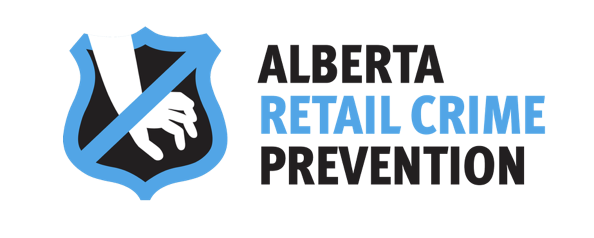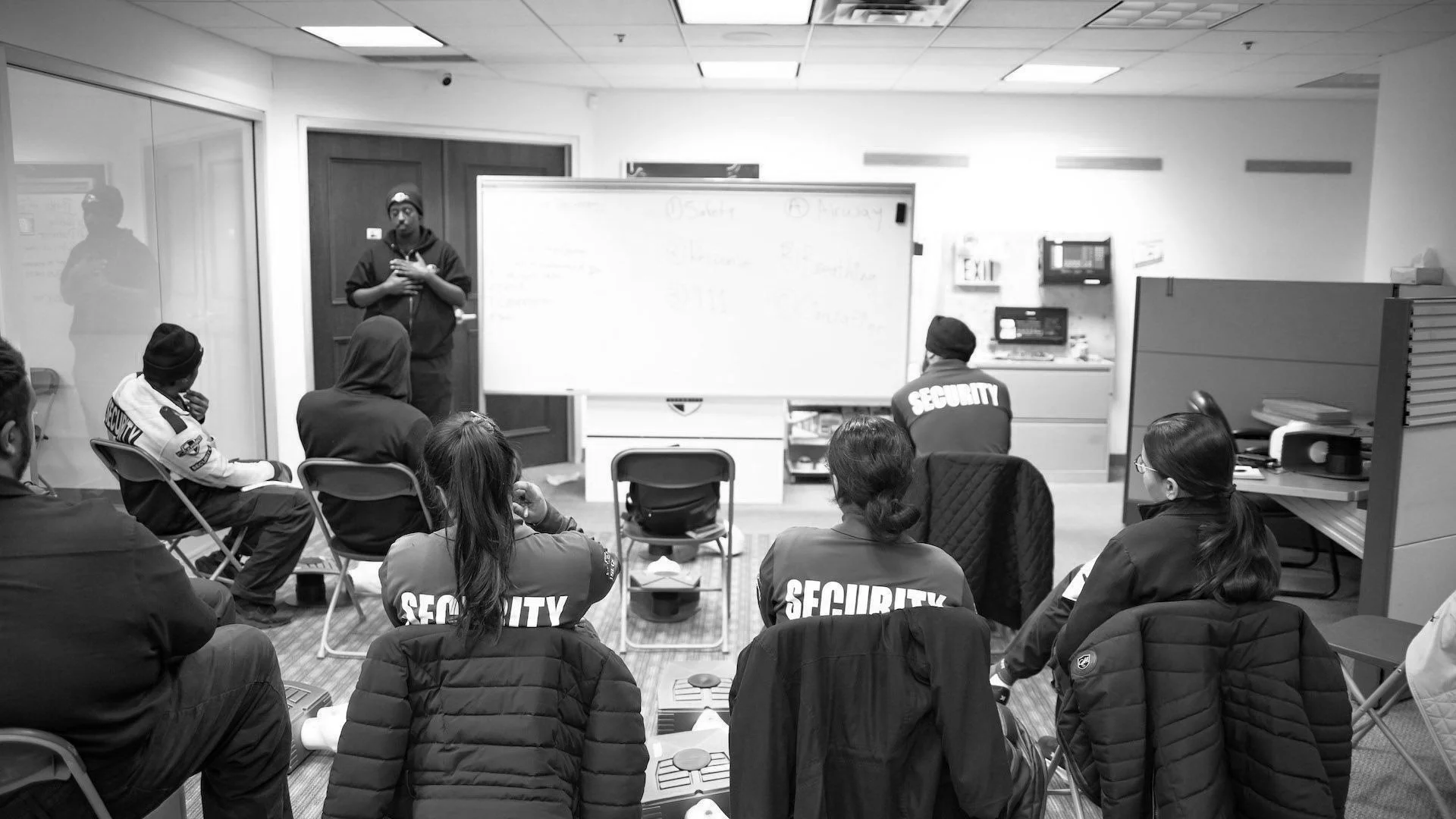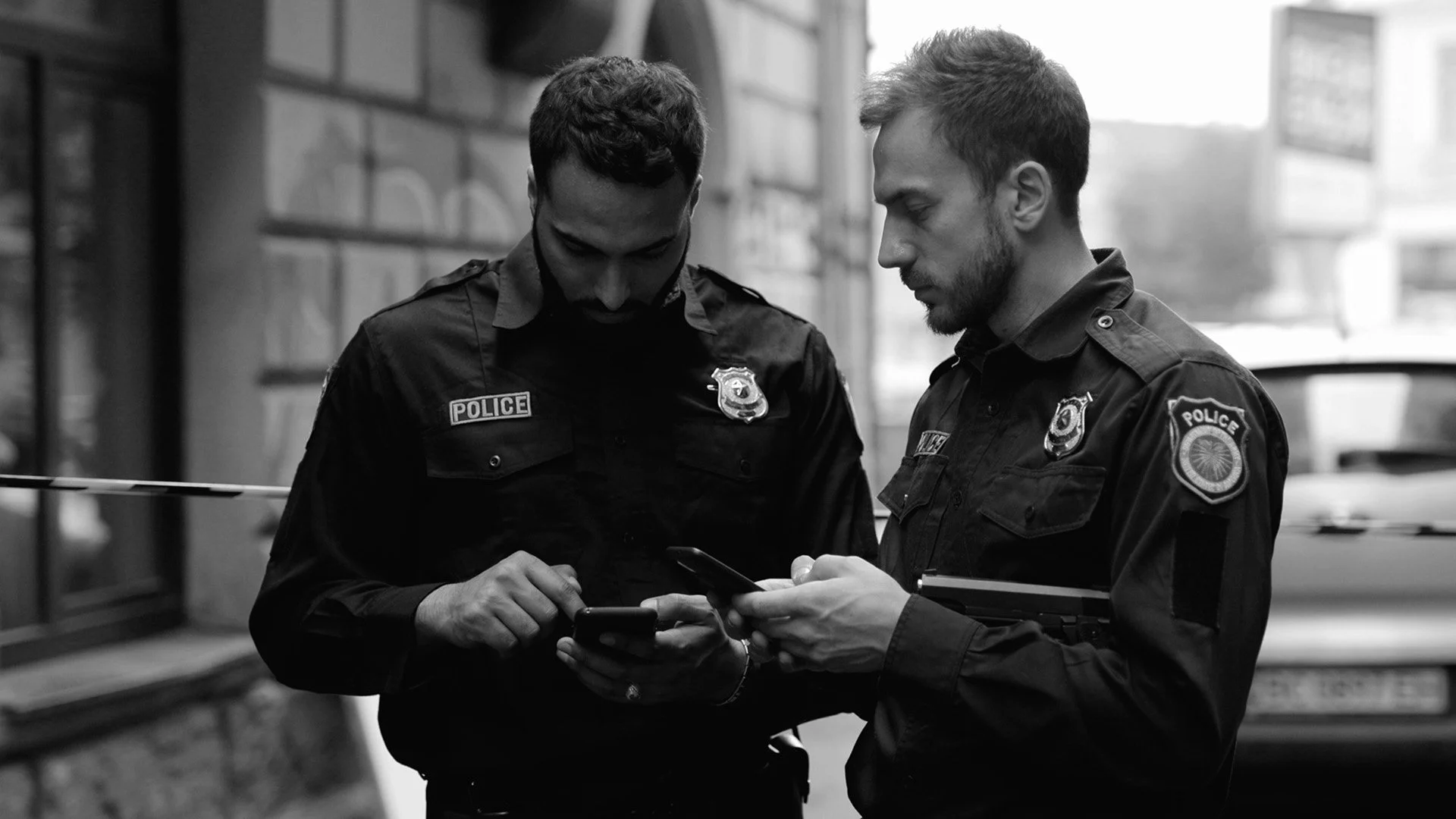Bringing together law enforcement, retailers, and community partners to combat retail crime.
What ARCP Can Do For You?
LPO/Security Training
Loss Prevention Officers (LPOs) and security personnel play a crucial role in maintaining safety and preventing theft. Here’s an overview of the essential training for LPOs and security officers:
1. Introduction to Loss Prevention & Security
Role and responsibilities of an LPO/security officer
Ethics and professionalism
Legal considerations and rights of individuals
Understanding company policies and procedures
2. Surveillance & Monitoring Techniques
Use of CCTV and security systems
Observational skills and situational awareness
Identifying suspicious behavior
Covert vs. overt surveillance
3. Theft Prevention & Detection
Types of theft (internal, external, organized retail crime)
Common shoplifting methods
Fraud detection (refund fraud, credit card fraud, counterfeit money)
Employee theft prevention
4. Apprehension & Detainment Procedures
When and how to approach a suspect
Steps to safely apprehend a shoplifter
Legal limits of detainment
Use of force policies and de-escalation techniques
5. Conflict Resolution & De-Escalation
Handling aggressive individuals
Communication strategies for diffusing tension
Customer service approach in security
Managing workplace violence
6. Report Writing & Documentation
Writing incident reports
Proper evidence handling
Chain of custody for legal cases
Logkeeping and daily security reports
7. Customer Service & Professionalism
Balancing security with a welcoming environment
Approaching customers professionally
Handling difficult customers
Cultural sensitivity and diversity training
8. Workplace Safety & OSHA Compliance
Hazard identification and risk assessment
Workplace violence prevention
Slips, trips, and falls prevention
Understanding OSHA guidelines
Key Note Speaker Engagements
As we bring retail crime to the forefront, here are some engaging and relevant speaking topics:
1. Understanding Retail Crime
Definition and scope of retail crime
Impact of retail crime on businesses and consumers
Statistics and trends in retail theft
2. Types of Retail Crime
Shoplifting: Methods and tactics used by thieves
Employee theft: Common schemes and prevention strategies
Organized Retail Crime (ORC): How professional theft rings operate
Fraud in retail: Return fraud, credit card fraud, and counterfeit money
Cyber crime in retail: E-commerce fraud and digital scams
3. Prevention & Security Strategies
Role of Loss Prevention Officers (LPOs) in stopping crime
Surveillance techniques: CCTV monitoring, undercover operations, and AI analytics
Store layout and design strategies for theft deterrence
CPTED Assessment
Training employees to recognize suspicious behavior
Implementing effective theft deterrence policies
4. Legal Aspects & Ethical Considerations
Laws related to shoplifting and apprehensions
Citizen’s arrest: When and how an LPO/security officer can intervene
Use of force and detainment procedures
Ethical considerations in loss prevention
5. Technology & Innovation in Retail Crime Prevention
RFID and Electronic Article Surveillance (EAS)
Artificial intelligence and facial recognition in security
Data analytics for identifying theft patterns
Mobile apps and self-checkout fraud
6. Handling Criminals & De-escalation
How to safely approach and confront suspected shoplifters
De-escalation techniques for aggressive individuals
Preventing violent confrontations in retail security
7. Case Studies & Real-Life Incidents
Famous retail crime cases and what we learned from them
Interviews with former shoplifters: Why they steal and how to prevent it
Business losses due to crime: Success and failure stories in prevention
8. Organized Retail Crime & Countermeasures
How ORC groups target stores
Black-market resale of stolen goods
Collaborating with law enforcement to combat ORC
9. Internal Theft & Employee Fraud
Signs that employees may be stealing
How businesses can prevent and investigate internal theft
Creating a culture of integrity in the workplace
10. The Future of Retail Crime & Security
How crime is evolving with new technology
Predictions for the next decade in loss prevention
How retailers can stay ahead of criminals
Retail Blitz
A Retail Blitz is a coordinated effort by loss prevention teams, law enforcement, and retailers to combat retail crime through targeted enforcement and prevention strategies. It is often used to address issues like shoplifting, organized retail crime (ORC), and fraud in high-crime areas or during peak shopping seasons.
Key Components of a Retail Blitz
1. Planning & Coordination
Identify high-risk stores or areas with high crime rates.
Collaborate with law enforcement, security teams, and store managers.
Set clear objectives (e.g., reducing theft, catching repeat offenders).
2. Surveillance & Intelligence Gathering
Use CCTV monitoring, undercover security, and data analytics to identify trends.
Track known offenders and ORC groups.
Monitor social media and online platforms for stolen goods resale.
3. Increased Security Presence
Deploy additional loss prevention officers (LPOs) and uniformed security.
Station undercover personnel inside stores.
Use plainclothes officers to blend in with customers.
4. Apprehension & Arrests
Detain shoplifters following legal protocols.
Work with law enforcement to conduct sting operations.
Ensure proper documentation for prosecution.
5. Employee Training and Awareness
Educate staff on recognizing suspicious behavior.
Teach de-escalation techniques for confrontations.
Encourage a culture of vigilance without profiling customers.
6. Public Awareness & Crime Prevention
Display visible deterrents like security signage and locked cases.
Announce the Retail Blitz initiative through social media and press releases.
Offer community engagement programs to reduce crime.




